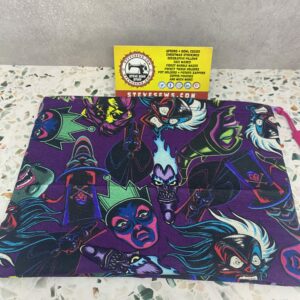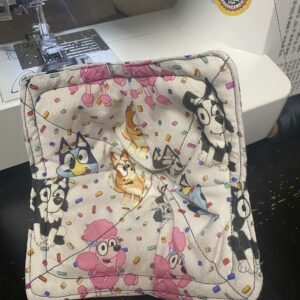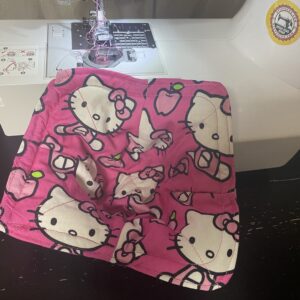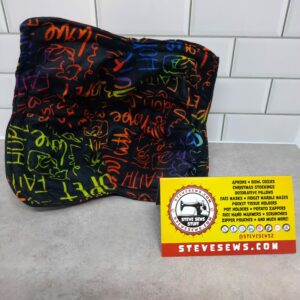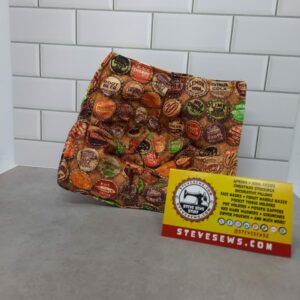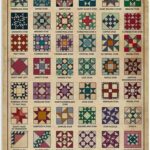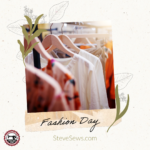Mardi Gras also known as Fat Tuesday! #mardigras #fattuesday
Mardi Gras
Mardi Gras (/ˈmɑːrdiɡrɑː/), also called Shrove Tuesday, or Fat Tuesday, in English, refers to events of the Carnival celebrations, beginning on or after the Christian feasts of the Epiphany (Three Kings Day) and culminating on the day before Ash Wednesday.1
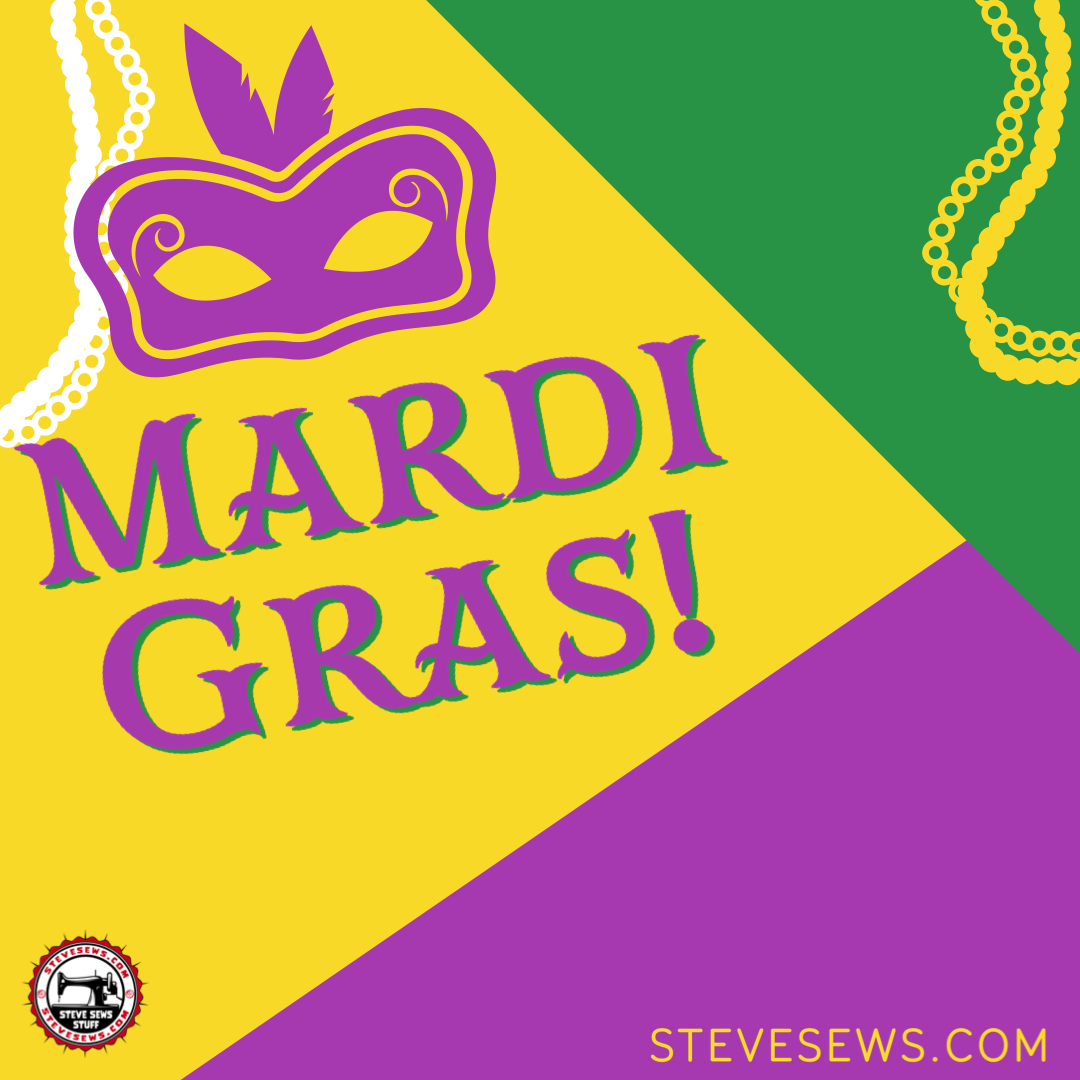
Mardi Gras, which translates to “Fat Tuesday” in French, is a carnival-like celebration that takes place on the day before the start of Lent. It is a time for revelry and indulgence before the solemn period of Lenten fasting and penance. Mardi Gras is celebrated in many countries around the world, but it is perhaps most famously associated with the city of New Orleans in the United States.
This day is when people eat at lot of food before lent, leads up to Easter or even Shrove to confess before lent.
The origins of Mardi Gras can be traced back to ancient pagan celebrations of spring and fertility, such as the Roman festival of Saturnalia and the Greek festival of Dionysus. These festivals often involved feasting, drinking, and wild parties, and they were eventually adapted by the Christian church as a way to celebrate before the start of the Lenten season. In some countries, such as Brazil, Mardi Gras has become a major national holiday, while in others it is primarily celebrated in Catholic communities.
In the United States, Mardi Gras is most closely associated with the city of New Orleans, where it has been celebrated for more than 300 years. The first Mardi Gras parade in New Orleans took place in 1837, and the tradition has only grown bigger and more elaborate over the years. Today, Mardi Gras is a multi-week event in New Orleans, featuring dozens of parades, street parties, and other festivities.
One of the most iconic features of Mardi Gras in New Orleans is the colorful and elaborate costumes worn by revelers. These costumes are often themed around a particular group or organization, and they can be incredibly elaborate and detailed. Masks are also a common feature of Mardi Gras costumes, allowing people to let loose and be someone else for a night.
In addition to the parades and costumes, food is also a major part of Mardi Gras in New Orleans. Traditional Mardi Gras foods include king cake, a sweet pastry topped with colorful icing and a small plastic baby, and gumbo, a spicy stew made with seafood and sausage. Alcohol also flows freely during Mardi Gras, with the traditional drink being the Sazerac, a whiskey cocktail that originated in New Orleans.
While Mardi Gras is known for its wild parties and revelry, it also has a deeper cultural significance for the people of New Orleans. The city has a rich history of multiculturalism, and Mardi Gras is seen as a celebration of that diversity. The parades and parties are also a way for communities to come together and celebrate their shared traditions and values.
In recent years, Mardi Gras has faced some challenges, particularly in the wake of Hurricane Katrina in 2005. The storm devastated many of the city’s neighborhoods and left the city’s infrastructure in shambles. However, in the years since the storm, the people of New Orleans have worked hard to rebuild their city and their traditions, and Mardi Gras has once again become a vibrant and joyous celebration.
The colors of Mardi Gras
The traditional colors of Mardi Gras are purple, gold, and green. These colors have symbolic meanings and have been associated with the celebration for centuries.
Purple: The Royal Hue
Purple holds a regal significance in Mardi Gras celebrations, symbolizing justice. It pays homage to the historical association of the color with royalty and power. As floats adorned with purple flowers and costumes boasting majestic shades parade through the streets, a sense of grandeur permeates the atmosphere.
Green: The Color of Faith
Green represents faith, symbolizing the season of growth and the renewal of life. It is a nod to the lush greenery that emerges in the spring following the winter season. During Mardi Gras, green manifests in decorations, costumes, and, of course, the iconic beads that cascade from floats into the eager hands of revelers.
Gold: The Glittering Touch
Gold radiates opulence and wealth, embodying power and prosperity. In the context of Mardi Gras, gold is a beacon of celebration, highlighting the joy and abundance that characterize the festivities. From the glimmering fabrics of costumes to the dazzling trinkets tossed into the crowds, gold infuses Mardi Gras with a touch of extravagance.
Yellow: The Sunshine Glow
Yellow, reminiscent of the sun’s warm glow, adds a cheerful dimension to Mardi Gras celebrations. It symbolizes the promise of a bright future and the optimism that accompanies the arrival of spring. From sunflowers adorning floats to the radiant hues of carnival masks, yellow contributes to the overall exuberance of the occasion.
Blue: The Tranquil Element
While not as dominant as purple, green, or gold, blue plays a subtle yet important role in the Mardi Gras color spectrum. Representing tranquility and serenity, blue serves as a balancing force amidst the vibrant chaos. Whether seen in the clear skies above the parades or integrated into costumes, blue brings a calming influence to the energetic revelry.
The use of these colors during Mardi Gras dates back to the 19th century and has become an important part of the celebration. The colors are seen as a symbol of the joy and excitement of the Mardi Gras season, as well as a nod to the deeper cultural and religious significance of the celebration.
Symbols of Mardi Gras
Mardi Gras is a festival full of colorful symbols that represent the rich history and cultural significance of the celebration. Here are some of the key symbols of Mardi Gras:
- Masks: Masks are an iconic symbol of Mardi Gras. They allow people to let loose and be someone else for a night. The tradition of wearing masks during Mardi Gras dates back to medieval Europe when people wore masks to celebrate the end of winter.
- Beads: Mardi Gras beads are another iconic symbol of the festival. They are usually made of plastic and come in a wide range of colors. They are often thrown from parade floats to the crowds below.
- King Cake: King Cake is a sweet pastry that is traditionally eaten during Mardi Gras. It is usually decorated with the colors of Mardi Gras and contains a small plastic baby. The person who finds the baby in their piece of cake is said to have good luck for the rest of the year.
- Parade Floats: Parade floats are an essential part of Mardi Gras. They are often decorated with colorful and elaborate designs and are used to carry people and throw beads and other trinkets to the crowds.
- Rex: Rex is the king of the Mardi Gras celebration in New Orleans. He is a symbol of the rich history and tradition of the festival and is represented by a man in a crown and royal robes.
- Jester: The jester, or the “King of Fools,” is another iconic symbol of Mardi Gras. They are often depicted wearing colorful costumes and hats and are known for their playful antics.
- Flambeaux: Flambeaux are torchbearers who light the way for the parade floats. They are also a traditional symbol of Mardi Gras and add to the festive atmosphere of the celebration.
These symbols are just a few of the many that are associated with Mardi Gras. Each one has its own unique history and cultural significance, and together they make Mardi Gras a truly special and unforgettable festival.
In conclusion, Mardi Gras is a colorful and lively celebration that has a rich history and cultural significance. While it is often associated with wild parties and indulgence, it is also a way for communities to come together and celebrate their shared values and traditions. Whether you’re in New Orleans or celebrating in your own community, Mardi Gras is a time to let loose, have fun, and enjoy the company of friends and family.
-
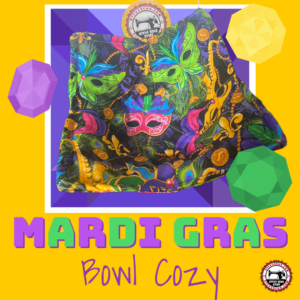 Mardi Gras Bowl Cozy$7.00
Mardi Gras Bowl Cozy$7.00 -
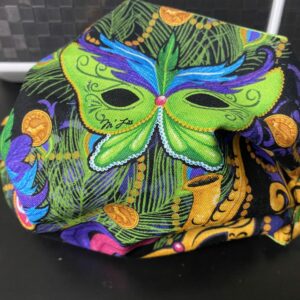 Mardi Gras Face Mask$4.99
Mardi Gras Face Mask$4.99
Future Dates:
- 2024 – February 13
- 2025 – March 4
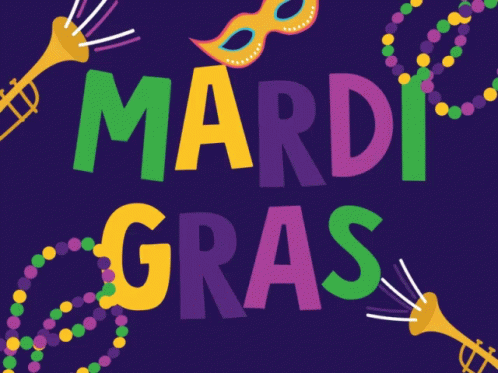
Read more about Mardi Gras and it’s Christian roots at: courageouschristianfather.com/mardi-gras-christian-history/
1. WikiPedia
Upcoming Events
This is a list of the upcoming events that Steve Sews will be at. If you know of one in the East Tennessee area, let me know.
None at this time. Check back later.
Meet …
Meet the staff and/or equipment for Steve Sews.
- Brother Stitch (Current Sewing Machine)
- Forge (Circuit)
- Interns
- Lovees (Stuffed Animals)
- Mendi (My Wife’s Sewing Machine)
- Rosie (Antique Sewing Machine)
- Steve (Steve himself)
- The Masked Bandit (Steve’s older Sewing Machine)
- Trainees
- Van the T-Rex (Helper)
- Zee (Face Mask Model)

SUBSCRIBE TODAY!
Don’t miss a single blog post about sewing, quilting, crafts, and recipes! Plus so much more!

Follow on WordPress
Follow Steve Sews Stuff on WordPress.comFollow Steve Sews Stuff on Social Media:
You can also choose to follow Steve Sews Stuff on social media as well. (@SteveSews2)
Below are some examples of blog entries from all blogs that I do. (Courageous Christian Father, Steve Sews Stuff and SteveZ DesignZ).
Recent Feed of All of Steve’s Blogs
Recent Posts on Steve Sews
Below is a list of the most recent blog posts found on Steve Sews for you to check out.
Clipart: Unsplash, Pixabay, Pexels, Openverse, Adobe Express, Adobe Stock, FreePik, MetroCreative, Wonder AI, Algo AI and more. This site uses Amazon Affiliate Ads & Google Ads.



